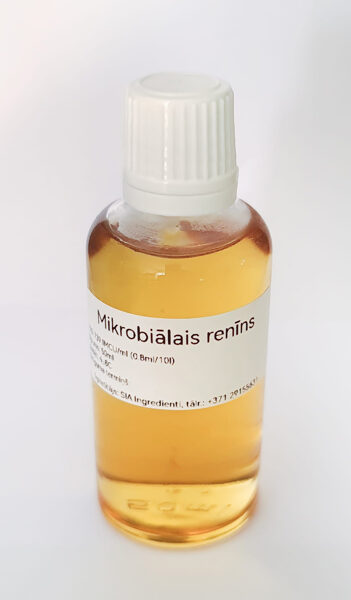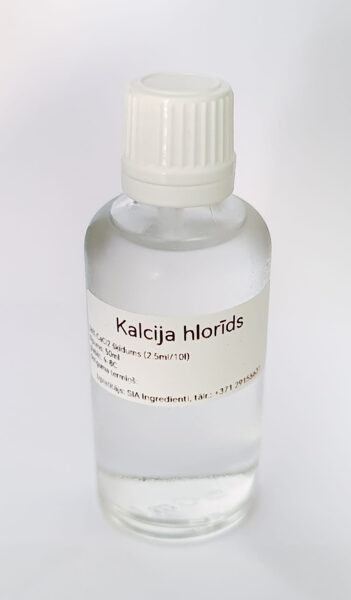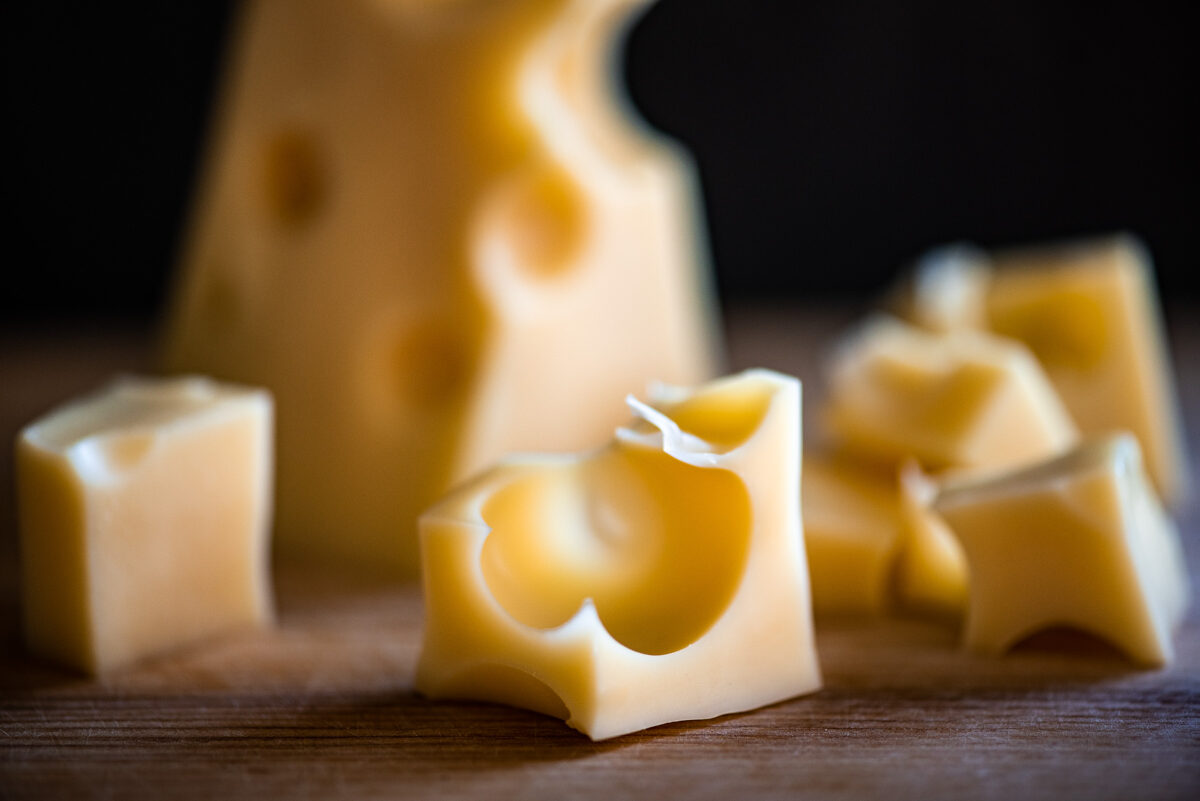
Required:
Preparing (1h 40min)
- Before starting, we should disinfect all surfaces and dishes that may come into contact with milk.
- Determine whether milk is suitable for making cheese. It has to go through the bactericidal phase (cold milk from the previous day usually works). If you have a PH meter, the PH level of milk should not be outside the PH 6.55–6.75 range (which is very rare).
- Pasteurize milk: heat it to 65 °C and keep it at this temperature for 30 minutes. Can heat up to 70 °C and hold for 15 minutes.
- Quickly cool the milk, for example, in a cold bath to 34 °C (it could take 15 minutes), or heat the already pasteurized milk.
|
Processing (4h)
- Add cheese culture Micromilk LHTM (1.2gr) and Micromilk PR (1.2gr)
- Wait 5 minutes and stir the cheese culture into the milk.
- Leave for 1 hour.
- After the 1 hour, the temperature slowed down to 33С and the milk acidity level - PH 6.42.
- Add calcium chloride (2ml) and rennet (1-1.5ml), stir into milk within 60 seconds. Calcium chloride and renin before adding to the milk must be diluted with 50ml of clean water first.**
- After adding a rennet, start the timer to determine the flocculation point. Generally, the flocculation point for most of the cheeses is 3. That means that if the milk has thickened (forms a curd) within 12 minutes, you can move on to the next stage only after 36 minutes (12x3 = 36 minutes).
- Cut the curd into 0.5-1cm cubes, approximately, and leave for 10 minutes
- Make smaller fractions of the curd with a whisk, lifting the cheese mass up with it and stirring. As a result, the pieces of cheese will be slightly smaller than 0.5 cm in diameter.
- Prepare 3 liters of clean drinking water 36-38C.
- For the next 30 minutes, continuously stir the cheese mass (you can use the same whisk).
- Remove 30% of the whey (3-4 liters). Usually to the level of a grain of cheese.
- Add previously prepared water 20% of the milk volume (3-4 liters) 34C.
- Slowly increase the temperature to 48C within 40 minutes.
- When reaching 48-49C, stir continuously for 20–30 minutes (PH is already 5.96).
|
Pressing and salting (3h +3h)
- After 20 minutes at PH 5.86, remove part of the whey, transfer the cheese mass into a mold and let it press for 20 minutes under a small press (1kg) right there in the pot between the whey, so that it is possible for the cheese grains to stick together more easily.
- After 20 minutes, turn around the cheese and put it under the press as usual for 30 minutes. Now you can start using the cheese cloth.
- Turn around and put under the press for 1 hour. At this stage, the acidity level is critical, and the cheesecloth may begin to stick to the cheese. Therefore, we stop the pressing and let it salt (the total pressing time was 2 hours).
- The salting time is 2 hours per 1kg of cheese saturated salt solution.*** The salting must start when the PH of the cheese reaches 5.2.
- After salting, the cheese should be dried with paper towels and put in the refrigerator at 10-12C for 1 week.
- No sooner than on the fifth day, when the crust is completely dry - the cheese can be covered with a polyacetate protective coating.
- After 15 days, take it out of the refrigerator and leave it in the warm container at 20-22C 85% humidity (room temperature) for 4 weeks. The cheese should be turned every day. If mold forms, the container is too humid and warm, you can ventilate more often and reduce the temperature. By this time, the cheese should start to puff up and become rounder.
- The picture from the left shows Emmental cheese after 1 month, which has already become rounder, and the same cheese already after 1 month and 1 week.
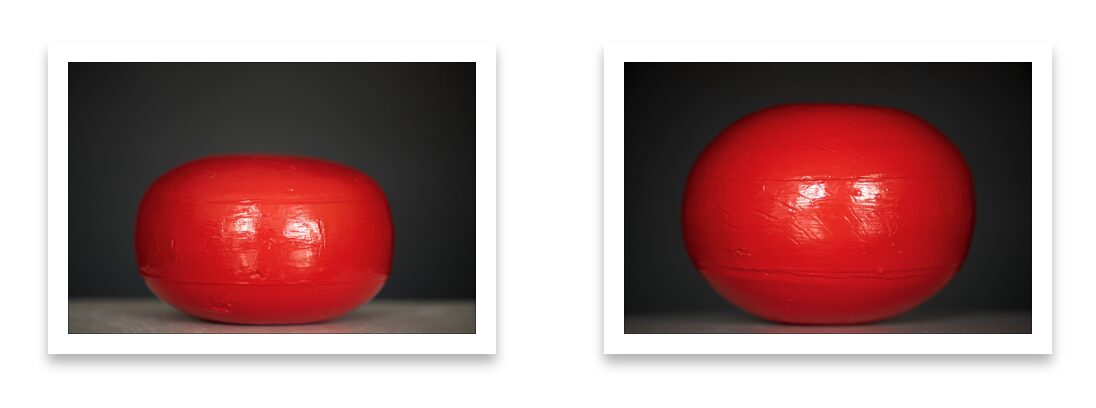 - Around the 50th day, the cheese took on a spherical shape:
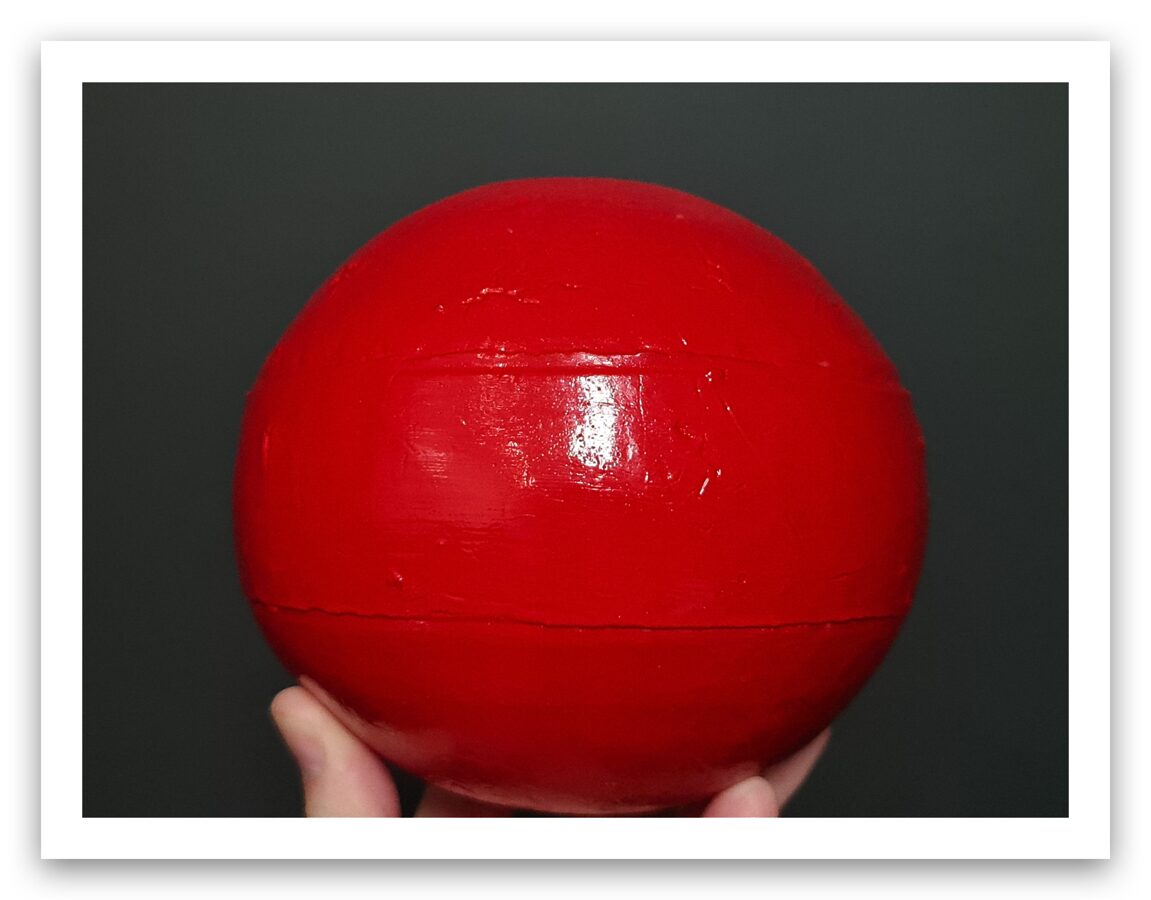 - On the fiftieth day, we return the cheese to the cold container or refrigerator for 10 days, so that when it reaches the 2-month maturation period, it can also be consumed.
- The uncut cheese can be aged for at least 3 months, but if the cheese is cut, it is better to vacuum.
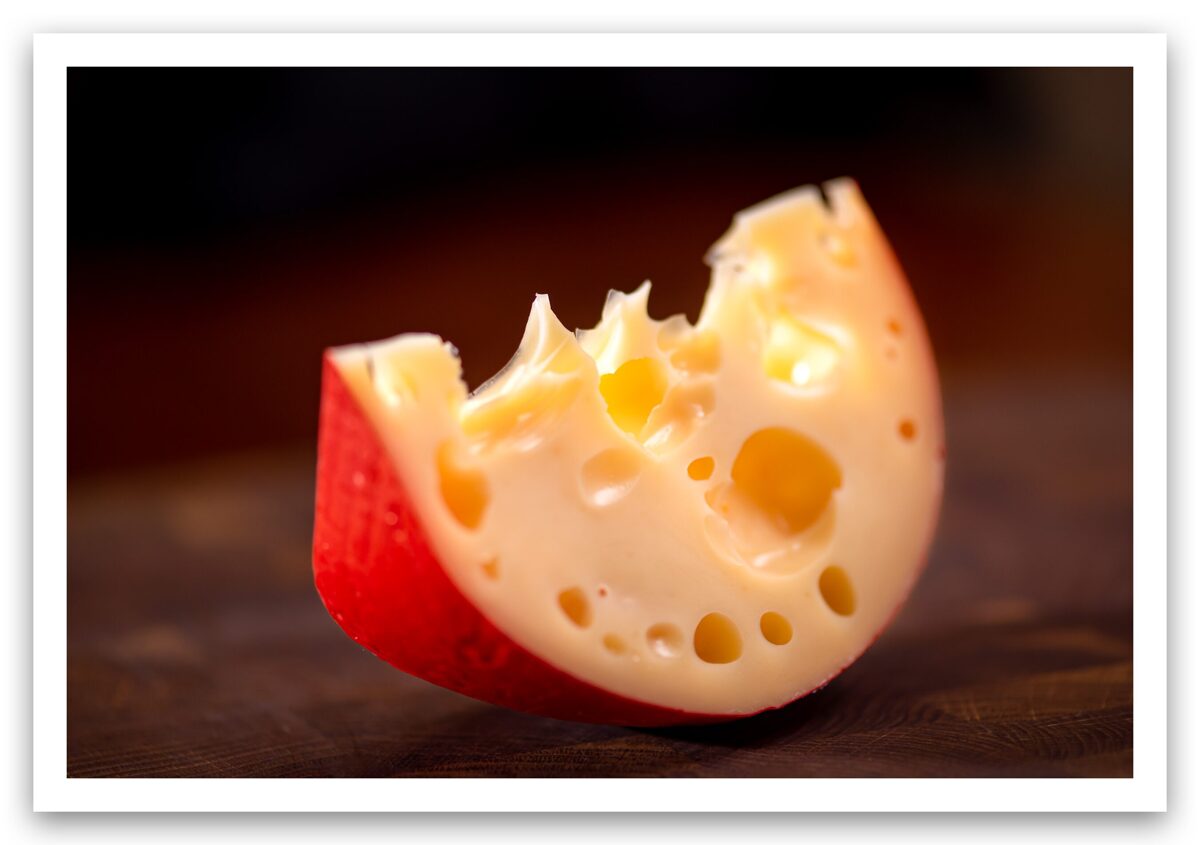
|
We look forward to your feedback!
* Freshly milked milk has bactericidal properties for a few hours, during the so-called bactericidal phase, when bacteria suppress reproduction. Cooling the milk prolongs the bactericidal phase. If the milk is obtained in strict compliance with sanitary regulations and rapidly cooled to +40 °C, the duration of the bactericidal phase is 24 hours and more. At the same temperature bactericidal phase period, impure milk has at least two to three times shorter temperature. The duration of the unrefrigerated milk phase is, on average, 2 hours.
(Source: http://www.ezerzeme.lv/lv/zinas/noderigi/5222/par-piena-kvalitati)
**
The time of milk coagulation (thickening) depends on the quantity of calcium chloride and rennet. It can be adjusted for best coagulation time, which should ideally be 12 minutes. For instance, if the first time your milk has thickened after 20 minutes, then increase the next dose of enzyme.
*** During pressing, the cheese releases whey and also increases the level of acidity, which is an important regulatory process in bacteria. If you slightly increase this pressing time, then it will be easier to melt the cheese. Such cheese is perfect for hot buns or in pizza making. If the pressing time is too long, it will lose its elasticity and become fragile.







